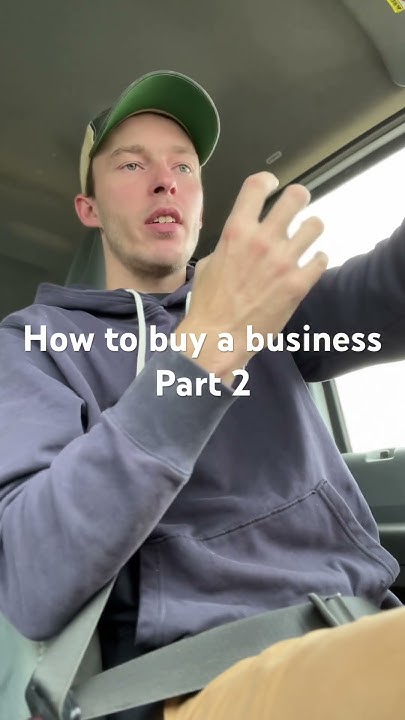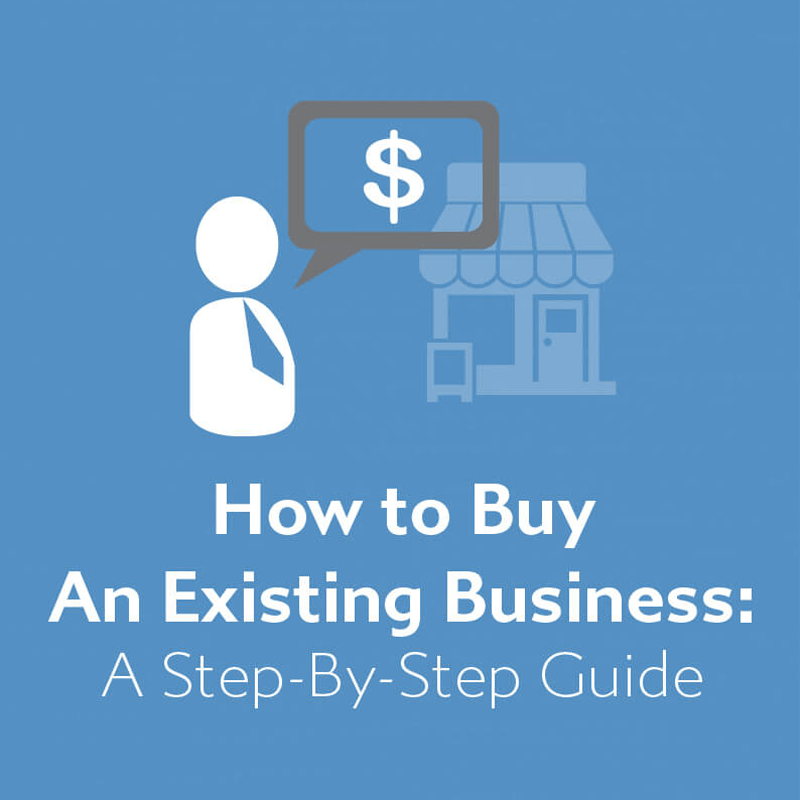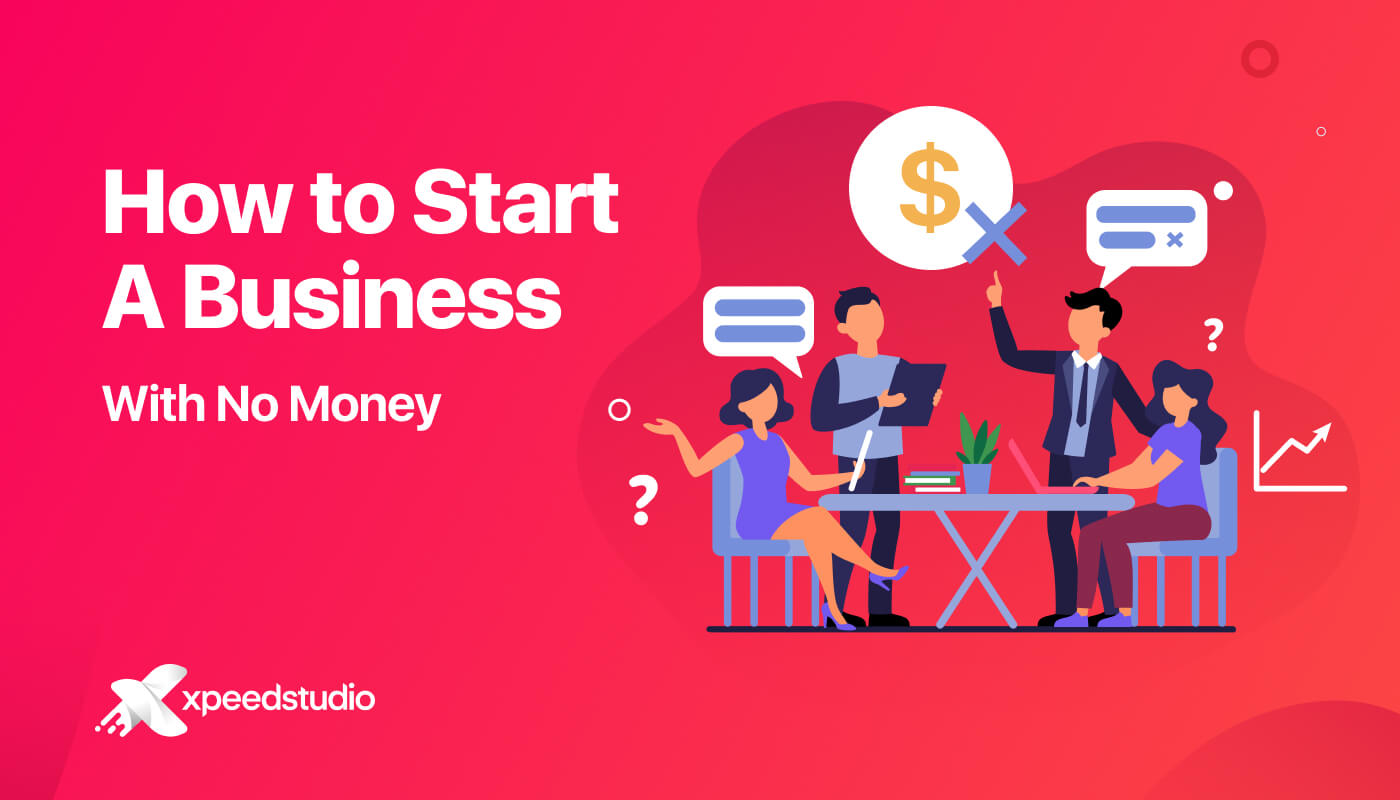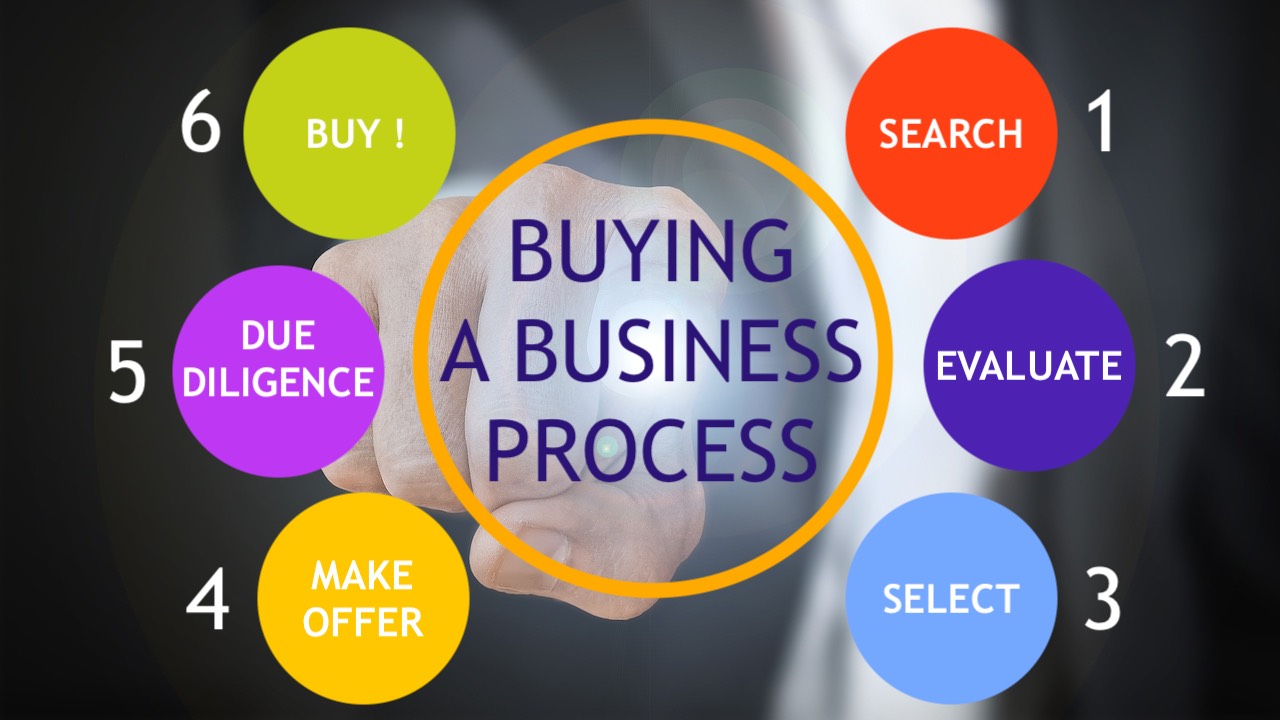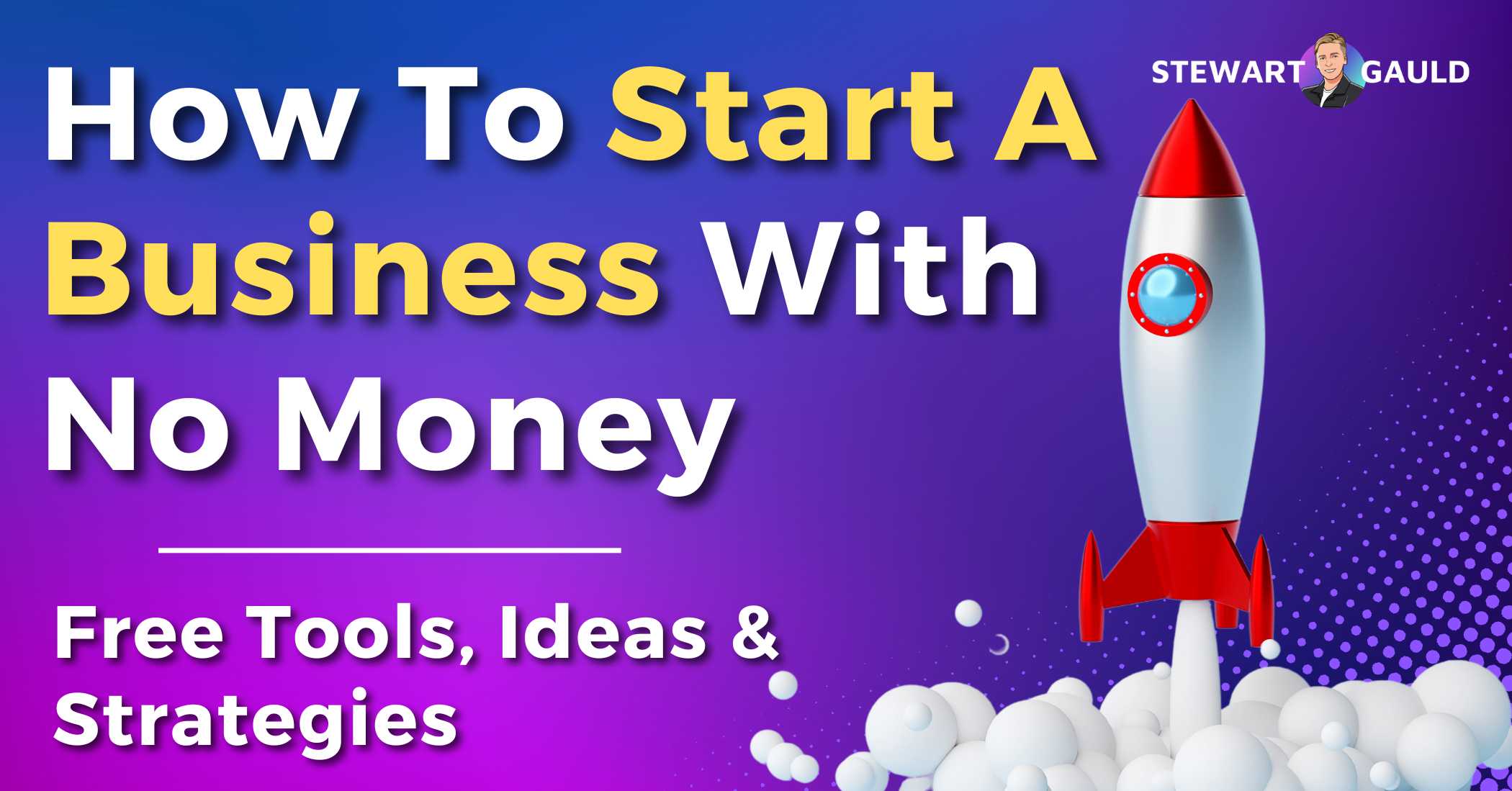How To Buy An Existing Business With No Money

Imagine standing at the threshold of your entrepreneurial dream, keys in hand, ready to unlock the doors of a thriving business. The aroma of freshly baked bread wafts from the local bakery, or the hum of machinery fills the air at a well-established manufacturing plant. But there's a catch: your bank account whispers a different story – a story of limited funds. Does this mean your dream is out of reach? Absolutely not.
This article explores the possibility of acquiring an existing business even with limited or no upfront capital. It delves into creative strategies, negotiation tactics, and alternative financing options that can pave the way for aspiring entrepreneurs who possess vision, determination, and a willingness to think outside the box.
Understanding the Landscape: It's More Common Than You Think
The idea of buying a business with no money might sound far-fetched, but it's a more realistic scenario than many believe. Baby Boomers are retiring at an increasing rate. They are often looking for viable exit strategies for their businesses. This creates opportunities for creative deal structures.
According to the Small Business Administration (SBA), a significant portion of small business transitions involve seller financing, where the seller effectively becomes the lender. This means instead of approaching a bank, you negotiate with the current owner to finance the purchase over time.
Key Strategies for Zero-Down Acquisition
1. Seller Financing: Partnering with the Previous Owner
This is often the most viable path. Seller financing involves the owner agreeing to finance a portion, or even all, of the purchase price. This arrangement demonstrates the owner's confidence in the business's continued success.
You essentially pay them back over time, usually with interest. It is similar to a traditional loan. The terms of the agreement are crucial and should be carefully negotiated with legal counsel.
2. Earn-Outs: Prove Your Worth
An earn-out agreement allows you to pay the seller a portion of the purchase price based on the future performance of the business. This reduces the upfront cost and aligns the seller's interests with your success.
For example, you might agree to pay the seller a percentage of profits exceeding a certain threshold over the next few years. These structures can be complex, but they offer a way to demonstrate your ability to grow the business and justify the purchase price.
3. Lease-to-Own: Test the Waters
A lease-to-own agreement provides an option to lease the business with an option to purchase it at a later date. This allows you to operate the business and assess its potential before committing to a full purchase.
The lease payments can often be credited towards the final purchase price. This is a low-risk way to gain control of a business and evaluate its viability.
4. Creative Deal Structuring: Think Outside the Box
Sometimes, the key is to be innovative in structuring the deal. This might involve offering the seller equity in the company or finding ways to leverage existing assets to secure financing.
For example, you could offer the seller a percentage of future revenue or find ways to streamline operations and reduce costs to improve profitability. Collaboration and open communication are essential here.
Negotiation: The Art of the Deal
Negotiation is paramount when pursuing a zero-down acquisition. Thoroughly research the business's financials, market position, and growth potential.
"Information is power," as Warren Buffett famously said. Understanding the business inside and out will give you leverage at the negotiating table.
Be transparent about your financial situation and your vision for the business. Demonstrate your commitment and your ability to take the business to the next level.
Due Diligence: Leaving No Stone Unturned
Regardless of the financing structure, thorough due diligence is crucial. Engage legal and financial professionals to review all documents and assess the risks associated with the acquisition.
This includes reviewing financial statements, contracts, and legal compliance records. Identify any potential red flags before committing to the deal.
The Rewards and the Risks
Acquiring a business with no money down can be incredibly rewarding. It offers the opportunity to become your own boss and build wealth without significant upfront investment.
However, it also comes with inherent risks. You might face higher interest rates or stricter repayment terms. The business's success will directly impact your ability to meet your obligations.
A Final Thought: The Power of Persistence
The journey to acquiring a business with no money down requires persistence, creativity, and a strong belief in your abilities. Don't be discouraged by initial rejections or challenges.
With the right strategy, a solid understanding of the business, and a willingness to negotiate, the doors to entrepreneurship can be opened, even without a hefty bank account. It's about seizing opportunities and believing in your vision.



